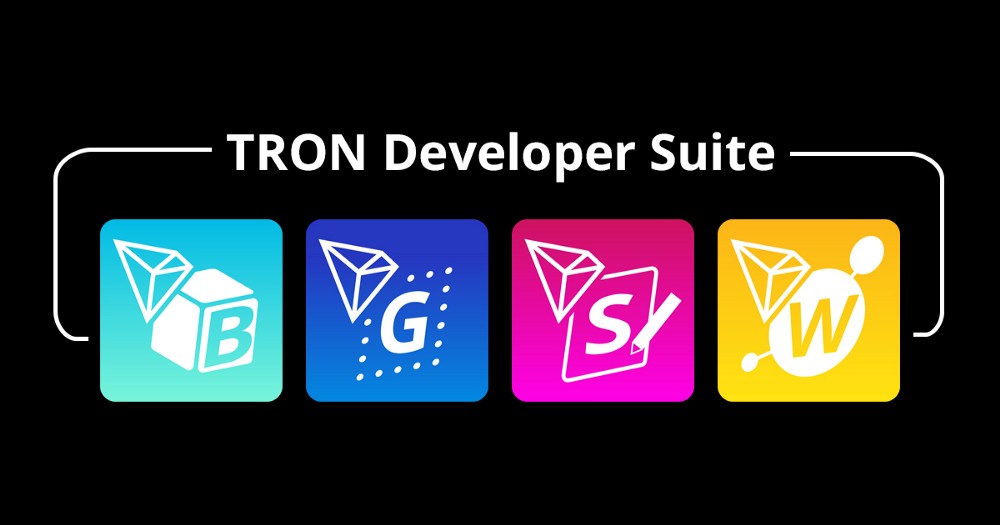Tron is a Chinese-based token that will allow its users to freely store, publish, and otherwise own data stored on the blockchain. They’ve tailored their project specifically for content creators to be rewarded for their production, without having to pay a middle-man fee to platforms like Facebook and YouTube.
Good Start for Tron Dapps
On October 11th, 2018, Tron unveiled their virtual machine, which allows developers to create smart contracts and decentralized applications on the Tron blockchain.
Just 2 days later, it was reported by Former Alibaba Chief Data Mining Expert Marcus Zhao that 82 smart contracts have already been deployed on the Tron blockchain.
Zhao recently shared the website that shows the number of smart contracts currently deployed on Tron. At the time of writing, that number is currently at 97.
There are a number of platform coins looking to take Ethereum’s number 2 spot — and they often do so by improving their throughput to exceed Ethereum, as well as lower the transaction cost for developers.
Tron has attained a throughput of 2,000 transactions per second, and offers fee-less smart contract operation, compared to Ethereum’s 25 transactions per second, and gas consuming smart contracts.
In addition to their gas prices, according to Block’tivity, Ethereum’s blockchain capacity is currently maxed out — and has been for quite some time. While this shows there is a demand from dapp developers for crypto platforms, it also shows that Ethereum is not currently equipped to handle the rising demands.
This gives Tron, as well as their competitors, an opportunity to serve developers looking for the best platform to build out their ideas.
Bringing Developers Onboard
Dapps do for platforms what any great product does for its company — they drive revenue.
For investors, the increased revenue calls for an increased return on their investment.
For the Tron team, this meant building out a suite of tools to make things easier for Tron dapp developers, which includes TronWeb, TronBox, TronStudio, and TronGrid.

TronWeb — Created to connect developers to the Tron blockchain seamlessly, and requires a Full Node and Solidity Node. Also allows its users to purchase, send, and freeze TRX and other cryptos.
TronBox — A framework or “sandbox” that uses the TronWeb API, allowing developers to test and practice the deployment of their smart contracts.
TronStudio — An integrated development environment (IDE) complete with Tron’s Virtual Machine (TVM) embedded. The Full Node that’s been integrated with TronStudio creates a private, local environment that allows smart contracts to be tested before being published.
Many of these features present in this tool are found in TronBox, but according to Tron:
TronStudio’s defining feature is the ability for developers to interact with their Solidity smart contracts within a user-friendly environment.
TronGrid — After building and testing their dapps and smart contracts, TronGrid will provide developers access to the Tron Network to release their work publically. Includes an API service that allows developers to create their products without running their own node.
Developer Conference?
Aside from the deployment of these 4 tools to help developers, Tron has been playing around with the idea of hosting conferences to attract programming talent.
While multiple crypto news websites have reported a San Francisco conference happening in January 2019, the website that was made specifically for the conference currently shows a 404 error.
However, the crypto news websites published uncited quotes that were supposedly from Tron directly, implying it could’ve been removed from Tron’s media outlets after a premature announcement. For now, it’s just a rumor — but one to look out for.

